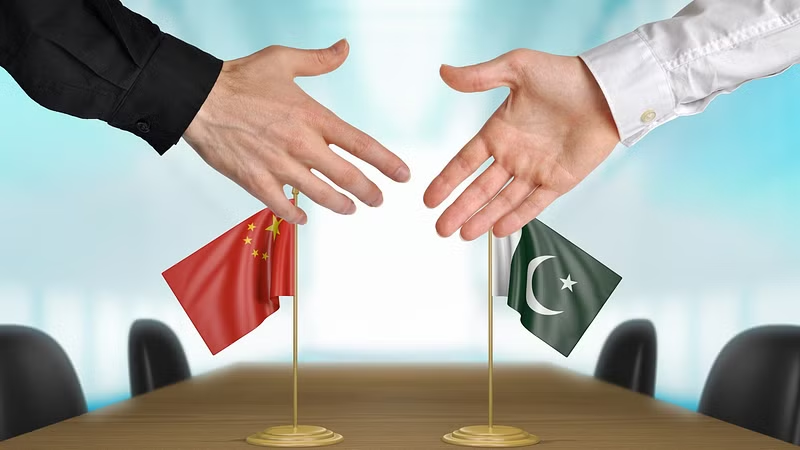In an effort to address ongoing economic challenges, Pakistan has officially requested an additional ¥10 billion loan from China. This move underscores Pakistan’s need for financial support to stabilize its economy amid rising external debts, inflation, and fiscal pressures. The request comes as part of Pakistan’s broader strategy to enhance economic resilience and strengthen its bilateral partnership with China, a key ally and economic partner.
Why Pakistan Needs Additional Financial Support
Pakistan’s economy faces multiple hurdles, including a significant debt burden, currency depreciation, and high inflation rates. Over the past years, Pakistan has relied on external financial assistance to bridge its fiscal deficits and meet foreign exchange requirements. The ¥10 billion loan from China would be crucial in helping Pakistan manage its immediate financial obligations, stabilize the currency, and provide relief to critical sectors.

Economic Implications of the ¥10 Billion Loan
If approved, the ¥10 billion loan could provide Pakistan with much-needed fiscal space. The injection of funds would help improve Pakistan’s foreign exchange reserves, stabilize the rupee, and potentially bring down inflation by easing import costs. Additionally, this loan would help Pakistan meet its short-term debt obligations and maintain financial stability in the coming months.
However, there are concerns about Pakistan’s increasing reliance on external debt, which could lead to greater fiscal challenges in the future. Critics argue that while such loans provide temporary relief, they could place further strain on Pakistan’s economy if growth remains sluggish.
The China-Pakistan Economic Partnership
The strategic partnership between Pakistan and China extends beyond this loan request. Both countries have worked closely on major initiatives like the China-Pakistan Economic Corridor (CPEC), a flagship project under China’s Belt and Road Initiative. This new loan request not only reflects Pakistan’s reliance on China as a financial partner but also highlights the growing economic interdependence between the two nations. China’s continued support through loans and investment is seen as instrumental in Pakistan’s efforts to revitalize its economy.
The Way Forward for Pakistan’s Economy
For Pakistan to achieve long-term economic stability, experts suggest that focusing on sustainable reforms, expanding the tax base, and boosting exports will be crucial. While foreign loans can provide temporary relief, developing robust domestic industries and enhancing trade relationships will be essential to reduce dependency on external funding.
The ¥10 billion loan from China, if granted, represents a lifeline for Pakistan during a challenging economic phase. The loan is anticipated to bring short-term relief but will likely increase Pakistan’s foreign debt, making sustainable economic reforms more critical than ever.
Pakistan’s official request for an additional ¥10 billion loan from China reflects its ongoing economic challenges and reliance on strategic partnerships to navigate fiscal pressures. While the loan could provide immediate relief, it underscores the need for long-term economic planning to ensure financial independence and resilience. As the nation awaits a response, policymakers will continue working toward reforms to stabilize the economy and reduce future reliance on external financial support.


